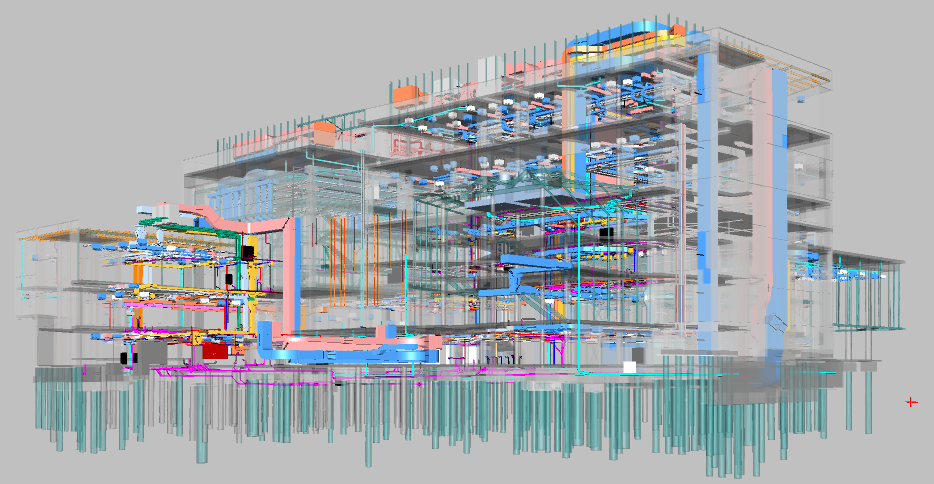BIM Benefits for Small Firms & Independent Consultants
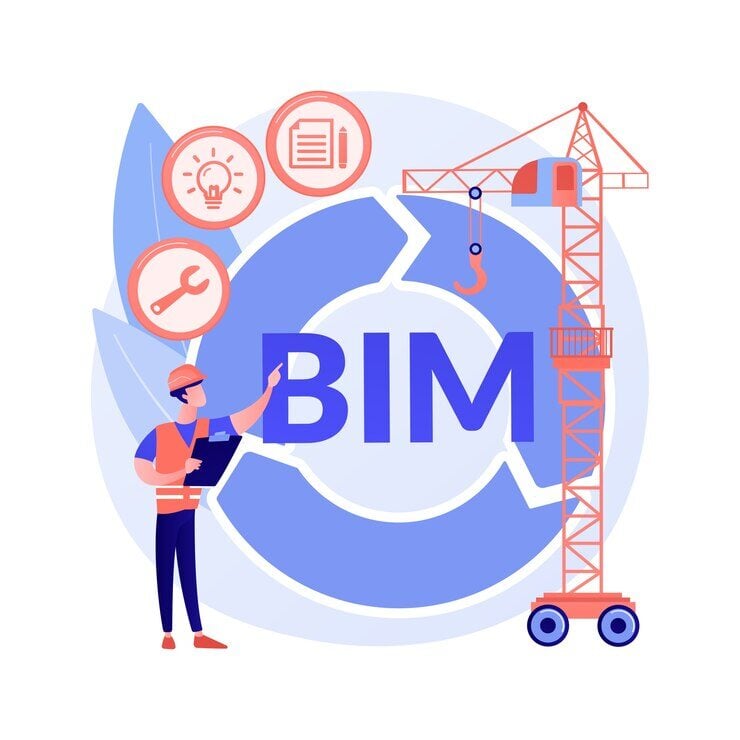
Table of Contents
Building Information Modeling (BIM) gives small firms and independent consultants a single, data-rich model to design, coordinate, and hand over projects more accurately. Today, affordable tools, cloud collaboration, and online BIM courses mean even small practices can win bigger jobs and deliver with fewer errors.
What is BIM?
Building Information Modeling (BIM) is a new-age process that digitally represents a building's physical and functional characteristics. It provides information about the building's geometry, materials, lighting, and mechanical systems. Architects, engineers, contractors, and other professionals in the construction industry can seamlessly collaborate to design, build, and maintain buildings.
BIM digitally represents a building’s geometry, systems, and metadata so teams work from one authoritative source. It replaces disconnected 2D files with an information-rich model used across design, construction, and operations.
How is BIM Beneficial for the AEC Industry?
By using BIM, architects can create 3D models that allow them to visualize and test different design options, simulate environmental conditions, and optimize the building's performance. Therefore, this process has been widely adopted by AEC firms across the globe. Since BIM is highly beneficial it demands a high amount of infrastructure and monetary investment. Hence, BIM was initially adopted only by large-scale companies with deeper pockets who could invest in upgrading their systems. So earlier, small-scale firms could not reap the benefits of BIM but fortunately, this situation is now changing for the better.
BIM enables simulation, coordination, and automated documentation, improving outcomes across design and delivery. For AEC firms, it reduces rework, speeds approvals, and supports lifecycle data for facilities.
How BIM is Becoming More Accessible to Small-Scale Firms?
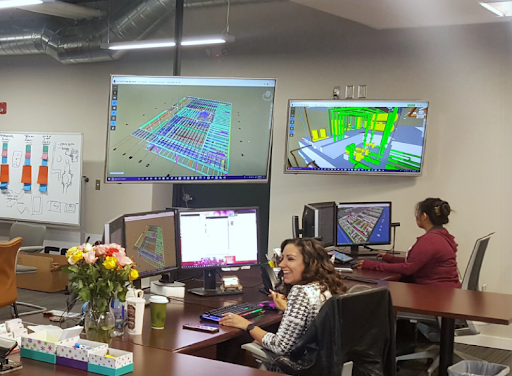
BIM was initially only accessible to larger firms due to the high cost of implementation and the need for specialized software and hardware. However, cloud-based solutions, affordable BIM software, and a plethora of BIM training resources have made it accessible to smaller businesses.
Cloud platforms, subscription pricing, and free learning resources have lowered entry barriers. Small teams can now use lightweight BIM tools, collaborate remotely, and scale software costs with projects.
Interested in learning BIM and implementing it at your firm? Check out: Top 7 Places to Learn BIM in India
9 Key Benefits of BIM for Small-Scale Firms and Consultants
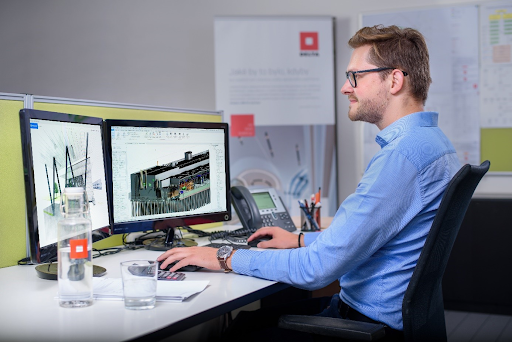
BIM can help small-scale firms and individual consultants compete with larger firms and gain a competitive advantage in the industry. Below are the key ways in which BIM benefits small-scale firms and consultants.
1. Cost Savings
BIM can help small-scale firms and consultants save costs by reducing the need for rework and minimizing the risk of errors. By detecting clashes or conflicts between different building systems in the design phase, BIM helps to avoid costly changes during construction. Additionally, BIM software can help optimize material usage and reduce waste, leading to cost savings for the firm and its clients.
2. Improved Collaboration and Coordination
BIM fosters collaboration and coordination among different teams involved in a project. With BIM tools like the popular BIM 360, architects, engineers, and contractors can work together more effectively and share information in real time. This leads to better decision-making and reduces the likelihood of errors or delays due to miscommunication. Additionally, BIM software can facilitate virtual meetings and remote collaboration, making it easier to work with teams in different locations.
3. Enhanced Project Management
BIM software provides project managers with a centralized database for managing project data, such as schedules, budgets, and progress tracking. This makes it easier to monitor and control project changes, and ensure that the project stays on schedule and within budget. BIM can also help project managers identify potential risks or issues early on in the project, allowing them to take proactive steps to address them.
4. Transparency in the Process
BIM software provides a high level of transparency in the construction process. With BIM, all stakeholders have access to the same project data, making it harder to conceal errors or mismanagement. Additionally, BIM software can provide a detailed audit trail of all project changes, making it easier to identify and address any potential issues. This reduces the likelihood of corruption and increases trust among all parties involved in the project.
5. Better Visualization and Simulation
BIM provides a 3D virtual model of the building, which can help architects and engineers visualize the design in greater detail. This can help identify potential design issues or conflicts early on in the project, and make it easier to communicate design concepts to clients. BIM software can also simulate environmental conditions, such as lighting, energy usage, and airflow, allowing architects and engineers to optimize the building's performance and energy efficiency.
Revit is a popular BIM software in the industry for 3D visualization. Learn all about it: Autodesk Revit: A Complete Beginners Guide
6. Increased Efficiency
BIM technology can greatly increase the efficiency of small-scale firms and consultants by reducing the need to outsource tasks such as 3D modeling or drafting. With BIM, firms can perform these tasks in-house, eliminating the need to rely on third-party contractors or consultants. This can lead to cost savings, as outsourcing can often be expensive and time-consuming. Additionally, BIM software can automate tasks such as quantity takeoff or clash detection, reducing the time and effort required to complete these tasks manually.
7. Competitive Advantage in the Industry
By adopting BIM, small-scale firms and consultants can gain a competitive advantage in the industry. BIM can help small-scale firms and consultants compete with larger firms by providing better project management, cost savings, and improved collaboration. By using BIM, small-scale firms and consultants can also build trust with their clients by providing accurate project data and increasing transparency in the construction process.
8. Improved Quality Control
BIM can be used to monitor construction progress and ensure that the building is being constructed according to the design specifications and quality standards. This can help to ensure that the building is of high quality and that it meets the requirements of the project. Additionally, BIM can be used to identify any issues or defects early on, helping to prevent costly and time-consuming rework later in the construction process.
9. Reduced Errors and Rework
BIM allows designers to identify clashes and conflicts between building systems before construction begins, reducing the likelihood of errors and rework during construction. This can lead to cost savings and a reduction in project delays. Additionally, BIM can help ensure that the building is constructed according to the design specifications, reducing the likelihood of errors and rework during the construction phase.
Quick Summary
1. Cost Savings
BIM Detects clashes early and optimizes materials to cut construction costs.
2. Improved Collaboration and Coordination
Shared models enable real-time decisions across disciplines.
3. Enhanced Project Management
Centralized data improves scheduling, tracking, and risk spotting.
4. Transparency in the Process
Audit trails and single-source data reduce disputes and build trust.
5. Better Visualization and Simulation
3D and energy simulations help sell designs and refine performance.
6. Increased Efficiency
Automation (takeoffs, clash checks) saves time and reduces outsourcing.
7. Competitive Advantage in the Industry
BIM credentials help small practices bid on larger, complex projects.
8. Improved Quality Control
Model-driven checks enforce standards before construction starts.
9. Reduced Errors and Rework
Fewer site changes mean lower costs and faster delivery.
Smart BIM Strategies for Small Firms
To get started, small firms should:
- Use cloud-based BIM collaboration tools for secure, shared access.
- Invest in affordable BIM training and pilot projects before scaling.
- Integrate BIM with existing project management platforms to unify communication and delivery.
Challenges Small Firms Face Without BIM
Without BIM, small firms risk inefficiencies, costly rework, and poor coordination between design and construction teams. Outdated methods make it harder to compete, win clients, and maintain consistent quality across projects.
In Conclusion
With the continued growth of BIM technology, small-scale firms, and independent consultants have an opportunity to level the playing field and establish themselves as leaders in the industry. So, now is the right time for AEC professionals to upskill in BIM and achieve exponential career growth.
Novatr brings you an industry-relevant BIM Professional Course. By enrolling for the course, you can master 7+ BIM software and industry workflows, learn from industry stalwarts, and work on a capstone project to hone your skills. Check out the course today!
Adopting BIM helps small firms and consultants compete, cut costs, and deliver higher-quality projects. Upskilling with targeted BIM courses like the BIM Professional Course for Architects by Novatr will help you stay ahead in the competitive job market. Visit our resource page to get started.
FAQs
1. What are the main benefits of BIM for small firms?
Ans: For small firms, BIM simplifies collaboration, improves accuracy, and saves costs by reducing rework. It helps teams deliver professional results that rival larger companies.
2. What are the 5 benefits of BIM construction?
Ans: BIM streamlines project documentation, enhances coordination, boosts sustainability, improves cost management, and provides better facility data for future maintenance.
3. Was BIM used in Burj Khalifa?
Ans: Yes, the Burj Khalifa incorporated early forms of BIM for coordination and construction management, helping the team handle its complex geometry and systems efficiently.
4. What are the benefits realised by BIM?
Ans: BIM helps reduce project risks, accelerate delivery, improve communication, and enhance client satisfaction through more predictable outcomes.
5. What are the productivity benefits of BIM?
Ans: By automating routine tasks and centralizing data, BIM helps professionals focus on creativity and problem-solving, leading to faster, more efficient project delivery.

 Thanks for connecting!
Thanks for connecting!


.png)


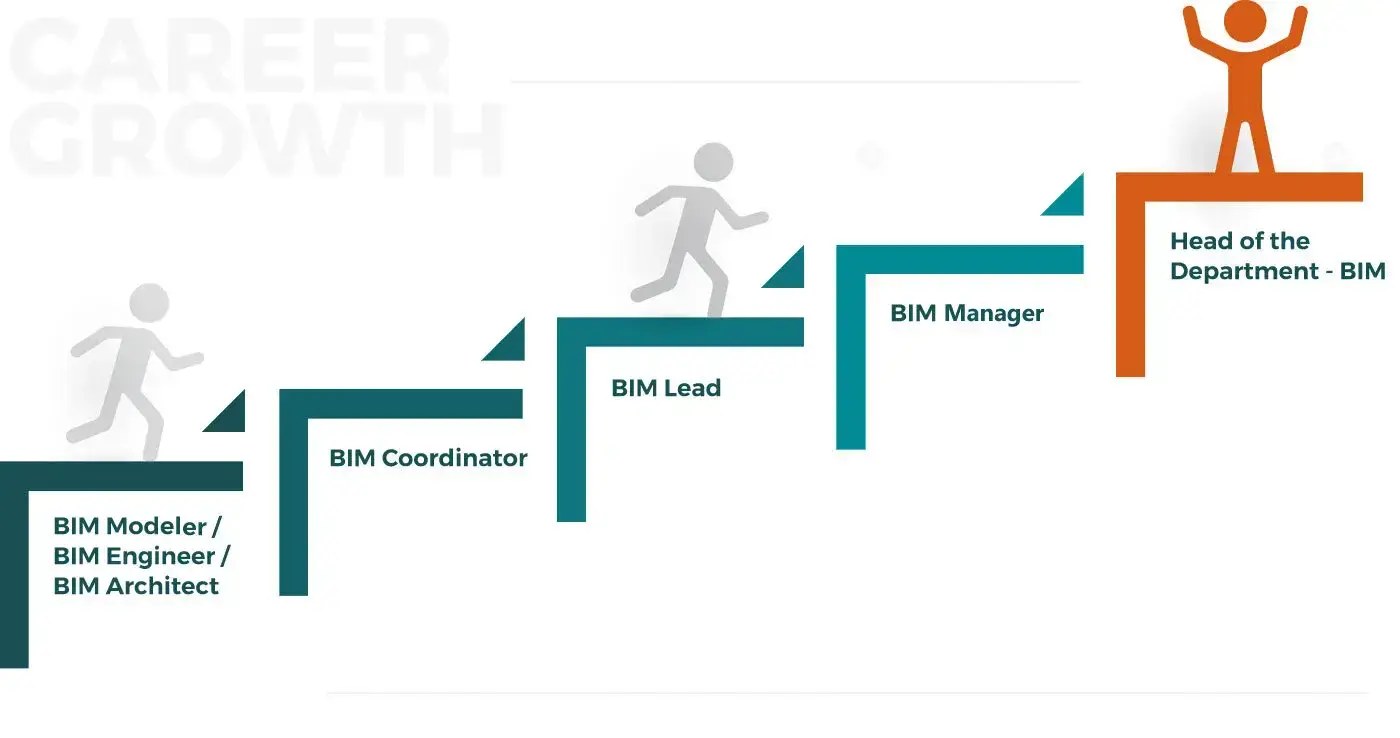
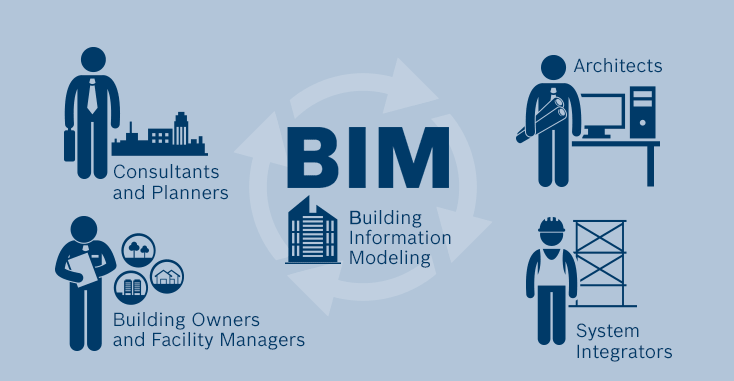
-1.png)
